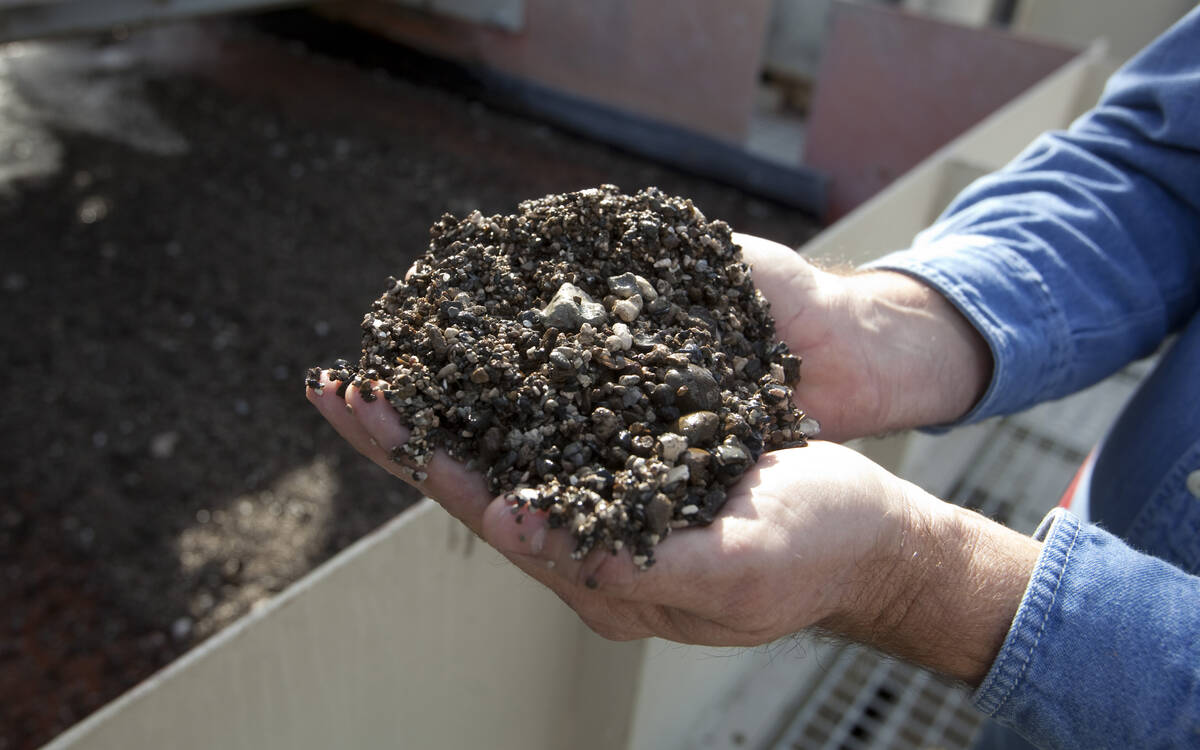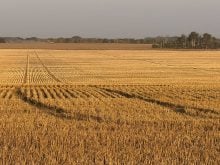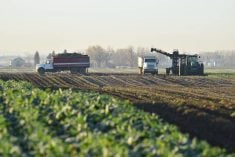Picture a child climbing a ladder and whooshing down a slide and you’ll
have a good idea of what has happened with natural gas prices over the
past 18 months.
They went way up and have come plummeting back down.
In the late 1990s, monthly average prices hovered between $2 and $4 per
gigajoule. Around the beginning of 2000, they began to climb, peaking
at nearly $10 per GJ in early 2001, according to Alberta Agriculture.
The price spike was a temporary reaction to a lack of gas in storage
Read Also

Phosphate prices to remain high
Phosphate prices are expected to remain elevated, according to Mosaic’s president.
and a lack of pipeline capacity driven by a shortage in the United
States. Record cold temperatures also helped prices soar to
unprecedented levels.
But since April 2001, natural gas prices have been on a steady decline.
As of September they were back down to $3.90 per GJ.
“When you get a drop in the price of a major input, it certainly
translates into reduced costs for farmers,” said Hal Cushon, assistant
deputy minister of Saskatchewan Agriculture.
Intensive livestock operations and greenhouses are two big farm users
of natural gas, but it’s an input that affects nearly every producer
who has a house to heat or grain to dry.
“We know there’s a lot more grain coming off tough and damp and we know
a lot of the grain that’s out there right now is probably going to
either have to be aerated or dried,” said Cushon.
And of course natural gas is the biggest factor affecting the cost of
nitrogen fertilizer, an input most grain farmers rely on each spring.
The Canadian Fertilizer Institute says natural gas represents 90
percent of the industry’s cash production costs because it is used both
as a raw material and an energy source in the production of anhydrous
ammonia.
Statistics from Alberta Agriculture show that fertilizer prices have
mirrored the trend in natural gas prices, sliding down steadily since
April 2001. But analysts think they have hit the bottom.
“Prices don’t look like they’re going to moderate to traditional
levels. They look like they’re going to be strong for some time,” said
Mike Heck, president of the Federation of Alberta Gas Co-ops.
His organization is an umbrella group that provides centralized
services for dozens of provincial gas co-ops, communities and First
Nations. It represents about 100,000 natural gas consumers, 80 percent
of whom are farmers.
Randy O’Hara is the president of Gas Alberta Inc., a brokerage firm
that negotiates prices on behalf of the federation. He said the spot
price for gas is in the $5- $5.50 per GJ range and is likely to stay
there for the next few months.
Record well drilling activity in Canada and the U.S. caused prices to
decline last year, but that pace fell off a bit this summer. Forecasts
of a warmer winter brought on by an El Nino system should help combat
the slight decline in recent drilling activity.
“Prices shouldn’t run too far from where we are today.”
But O’Hara is concerned about what may happen to prices in the summer
and fall of 2003, with an anticipated heightened demand for natural gas
in the U.S.
He said if fertilizer prices continue to mirror natural gas prices,
farmers should consider buying nitrogen this winter, especially if it’s
as warm as anticipated, because that means less demand and falling
natural gas prices.
Steve Nixon, general manager of Farmers of North America, agrees that
November through January is probably a good time to buy because he
thinks prices will rise.
“Our sense is there’s no doubt that the (fertilizer) companies are
going to want to recoup some of their losses from this year.”
Some farmers are going to need lots of nitrogen because late fall rains
caused significant regrowth in many crops, depleting supplies in the
soil.















